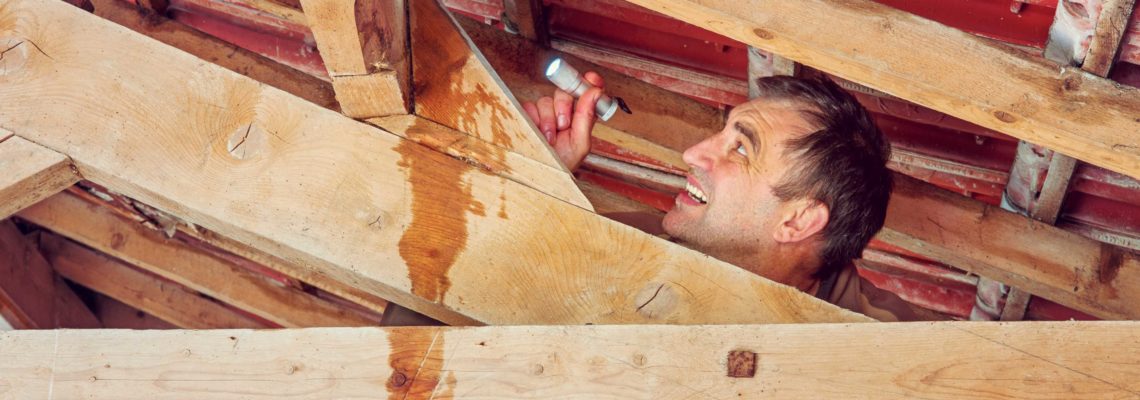Moisture in the attic isn’t just unsightly. It can lead to enormous frustration and expensive repairs. Mold growth will compromise your family’s health, and water damage affects the home’s structural integrity. In many cases, attic moisture damage occurs due to a roof leak, but in other cases, it may be because of an appliance failure or poor ventilation. Learn the steps you can take to minimize and prevent attic water damage in Springfield Missouri.
Preventing Roof Leaks
The most effective tip on preventing roof leaks is to maintain the roof regularly. Consider these tips:
- Trim nearby trees to prevent branches from falling on the roof
- Frequently clear away leaves, twigs, and debris
- Clean and check the downspouts and gutters to ensure proper drainage
- Schedule regular professional inspections
A roofing contractor will assess the roof’s condition, repair missing and damaged shingles, and detect other issues in time to prevent roof leaks.
Finding and Repairing Leaks
The first thing to do is to check the decking and insulation for signs of moisture damage, such as mold growth and staining. The peak of the roof is susceptible to leaks and cracks, so be sure to evaluate it regularly.
Roof leaks are also common in the areas surrounding dryer vent pipes and plumbing stacks. Recessed lighting is another problem area; stains, corrosion, and rust indicates moisture intrusion and potential electrical issues.
If you see such signs, look for and resolve these issues: deteriorated shingles and flashing, a worn-out moisture barrier, missing shingles, or clogged downspouts and gutters.
Ventilating the Attic
Apart from learning how to minimize the risk of a roof leak, ensure that the attic is well ventilated. Without proper ventilation, the moisture level in the attic will increase. Good ventilation is particularly important in the wintertime. When it’s cold outside, warm air will rise up, enter the attic, and condense on cold surfaces. That condensation has no place to go without proper ventilation.
Furthermore, make sure the attic vents (gable-mounted, ridge, and soffit vents) aren’t blocked by insulation and other materials. There are numerous ways to improve the quality of your attic ventilation, and a specialist can provide great advice.
Insulating the Attic
Insulation plays a crucial role in attic temperature control. During the winter, the attic should be up to ten degrees warmer than the air outside. If it isn’t, ice damming may cause roof damage and subsequent leaks. Therefore, it’s important to insulate the attic floor to prevent hot air from getting in.
While you’re up there, check the condition of the heating duct insulation. It should be dry, soft, and thick. If it’s flat, thin, and moist, it will create a moist environment and it should be replaced.
Vent Heat-Generating Appliances
Many homeowners improperly ventilate their appliances. Dryer, bathroom, and kitchen vents should blow air outside and not into the home’s attic. Your attic vent system might not be able to handle all that moisture.
Maintain Machinery in the Attic
Attic-mounted appliances such as swamp coolers and HVAC systems may cause severe water damage if they fail. When inspecting the attic, check those appliances for wear, tear, and poor connections.
Now that you’ve learned how to prevent attic moisture damage and roof leaks, it’s time to learn how to prevent other sorts of water damage in Springfield Missouri. Ventilation is important throughout the entire house, and we can provide additional tips on ventilation and humidity control. For mold remediation and water removal help, call PuroClean Certified Restoration in Springfield Missouri.


